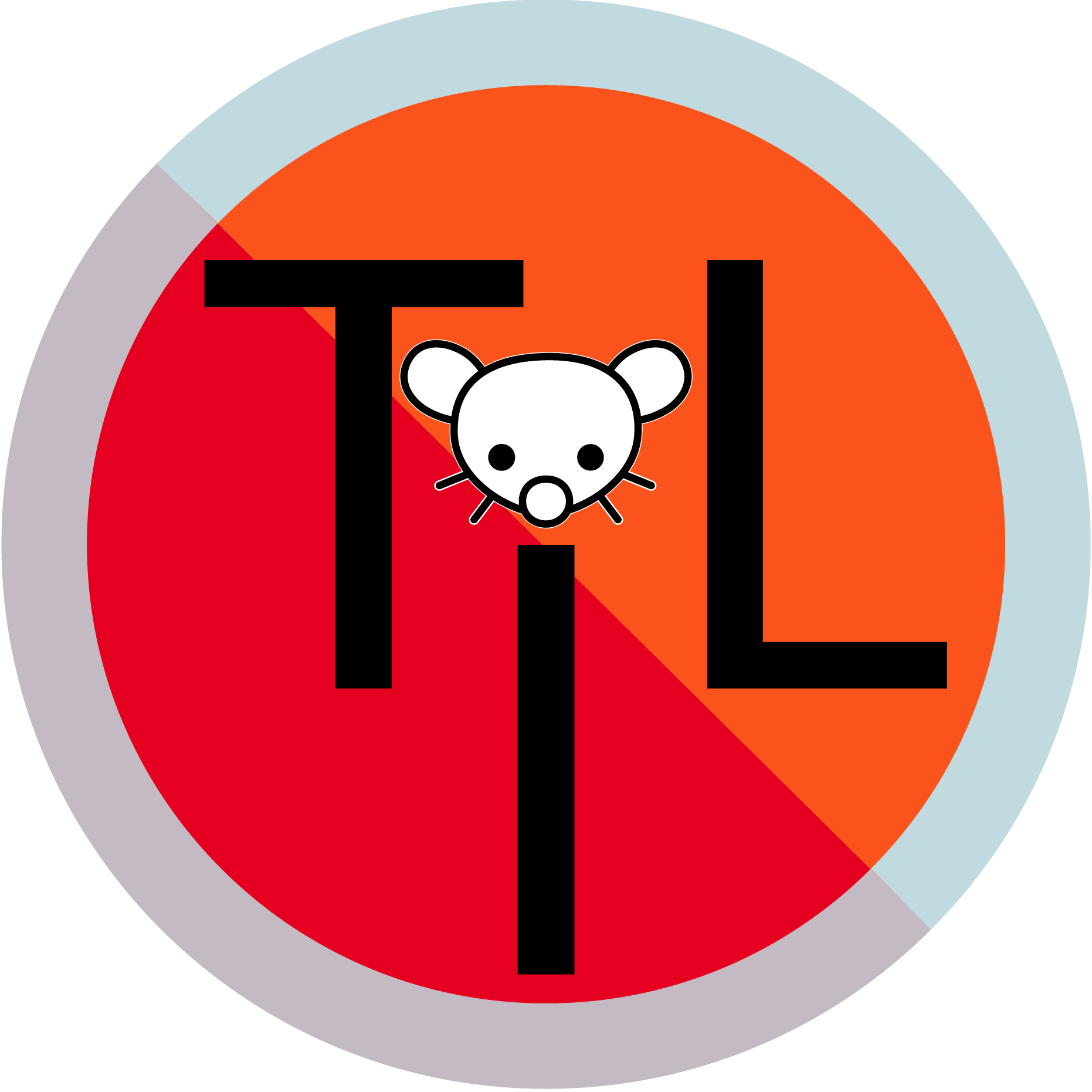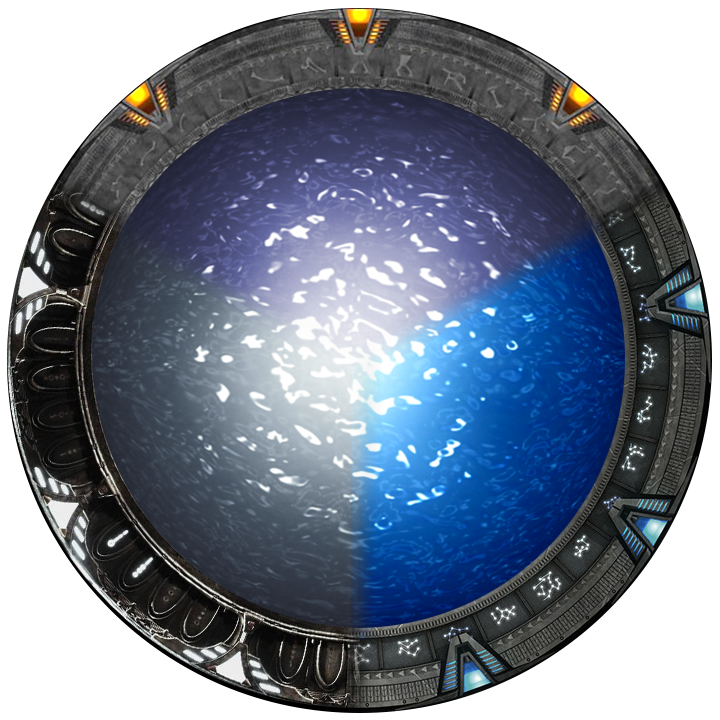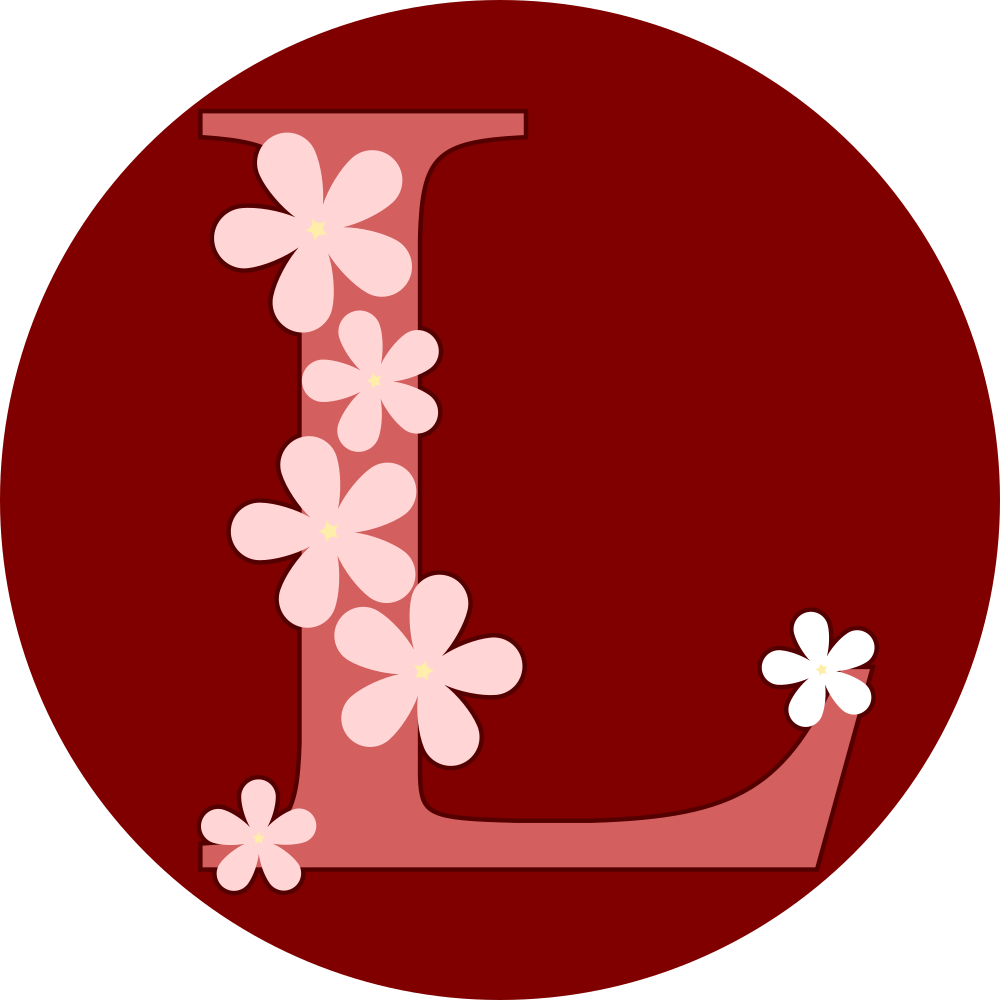Article says the queen got overhauled in 15 century to become the most powerful piece but nothing about it being the weakest prior.
Was hoping this would detail how pieces moved through time.
From the Wikipedia articles of chess and shatranj (old middle-east/south asia ancestor of chess), without checking their sources :
- king, knight, rook and pawn move the same (except the initial 2 squares for the pawn, which were introduced later)
- queen only moves one square at a time diagonally
- bishop only moves two squares at a time diagonally (jumping over potential pieces)
That sounds boring AF.
yea, the alpha version sounds boring, at least we still have not gachapon in chess
A: Hello, yes, I’d like to buy a second queen.
B: Oh shit. Hello, yes, I’d like to buy two queens! My credit card number is 6.
That hypothetical takes place at a time when credit cards were a very new concept.
Actually, it draws out the beginning of every game, leading to more variety in the mid and endgames. By the time any of your pieces limp their way into the enemies pieces the rest of the board will also have arranged itself into chaos.
Standardization of rules
The modern rules and appearance of pieces evolved slowly, with widespread regional variation. By 1300, for example, the pawn had acquired the ability to move two squares on its first turn, rather than only one at a time as it did in shatranj. But this rule did not win general acceptance throughout Europe for more than 300 years.
Chess made its greatest progress after two crucial rule changes that became popular after 1475. Until then the counselor was limited to moving one square diagonally at a time. And, because a pawn that reached the eighth rank could become only a counselor, pawn promotion was a relatively minor factor in the course of a game. But under the new rules the counselor underwent a sex change and gained vastly increased mobility to become the most powerful piece on the board—the modern queen. This and the increased value of pawn promotion added a dynamic new element to chess. Also, the chaturanga piece called the elephant, which had been limited to a two-square diagonal jump in shatranj, became the bishop, more than doubling its range.
Until these changes occurred, checkmate was relatively rare, and more often a game was decided by baring the king. With the new queen and bishop powers, the trench warfare of medieval chess was replaced by a game in which checkmate could be delivered in as few as two moves.
The last two major changes in the rules—castling and the en passant capture—took longer to win acceptance. Both rules were known in the 15th century but had limited usage until the 18th century. Minor variations in other rules continued until the late 19th century; for example, it was not acceptable in many parts of Europe as late as the mid-19th century to
… to promote a pawn to a queen if a player still had the original queen.
Checkmate in TWO moves? How? The quickest I know is four.
Two turns each I guess, so four in total
To my undestanding chess is based on the Arabic game Shatranj, based on the Indian game Chaturanga, and in both games the piece next to the king is the “general” or “minister” which moves one space diagonally.
They should update it to include legislatures, private military contractors, etc… It really hasn’t kept up with the times, if I’m honest.
Modern chess would just be two types of pieces, pawns and oligarchs, winner gets all the marbles from Hungry Hungry Hippos except for 1 that we, the hippos, are allowed to fight amongst ourselves to keep
I like it. But I thought we were the pawns? I guess we could be pawn hippos, but that seems way too OP. Can you imagine an army with a frontline of armored hippos?
I thought about that, but I felt it more apt that we’re playing a different game entirely. I also thought about saying we’re just the board that the real pieces are marching on top of in their power struggles.
They don’t even mention Archon. Chess with health bars ftw
Oh I loved that one as a kid. Any time I install an NES emulator on a device Archon is the first game I add to it.
in the 15th century when the queen became the strongest piece and the bishop’s reach doubled.
I assume bishops were limited to moving 4 spaces? What were the Queen rules?
Originally queen could only move one square diagonally and the bishop (elephant) move exactly 2 spaces diagonally with a jump.
IIRC move 1 space in any diagonal but that might be even before then










